José Foncillas Ribera
Extant
Barbastro, Aragon, 22300, Spain
begun circa 1990
When the artist is not on-site, the exterior of the home and the surrounding sculptures are viewable from the road.
About the Artist/Site
Foncillas was born in the small village of Bespén to a family of farmers who worked the mountainous lands in the foothills of the Pyrenees of Aragón, cultivating what are described as the Mediterranean trilogy: olives, wine, and wheat. They also kept honeybees and a few animals for working and family consumption. Young José attended Bespén’s small school until age eleven, and then began to help his parents full time, working with the burros to help plant, maintain, and harvest the crops. The work was hard and endless, but young José was a curious observer of the natural world that surrounded him, examining the fossils they unearthed in the fields while plowing by day, and watching the stars at night. At age twenty he began his compulsory two-year military service, and stayed with the army for a while subsequently, returning in his late twenties to Bespén. But, with little to keep him in the village after he grew older—today the village has a population of less than one hundred—around age thirty he moved to Barbastro, around eighteen miles to the east.
Foncillas opened a business transporting construction materials; he drove the truck, operated the excavator, and managed the enterprise himself, a vocation he pursued for thirty-five years. He soon purchased a plot of land on the western outskirts of Barbastro, and began building a two-story home of 775 square feet in late 1961, finishing it a scant three months later, although he had little, if any, help, and worked primarily on his own, mixing the mortar in his own cement mixer. At age thirty-four, he married; five years later their daughter was born, and three years after that they welcomed a son. In 1973, when the children needed to be closer to advanced schooling, the family bought an apartment and moved back into Barbastro, and the house on the outskirts began to be used primarily as a weekend home, and for their home garden.
Foncillas was particularly fascinated by the rocks of this geologically-varied area, and he gathered them from the river and the hills. Although early on he began to work creatively with them on weekends, a respite from his busy weekdays, once he retired, around 1990, he began to channel his artistic talents into a much more significant level of artistic production. He converted a room at the front of his home into a workshop, and in order to have a place to site his works, he made use of an additional piece of land he had purchased east of his house for use as display space for his increasing numbers of sculptures. There were both discrete freestanding and bas-relief works, from small to monumental in scale, and in a variety of media, and he displayed them in the garden, hung them on the walls, or displayed them in the house.
Much of the most compelling and innovative sculpture is in stone, a notoriously difficult medium to form. He explored formalistic issues of gravity and equilibrium in some of his pieces; many of these stone works reveal an impressive economy of form and a controlled aesthetic that should not be simply explained by referencing the physical and technical difficulty of working with this material; rather, the scope and breadth of his work was related to his direct approach to the media and the discipline it takes to manipulate it with skill and creativity.
In complete contrast with this powerful minimalist tendency, however, Foncillas also had an overwhelming sense of horror vacui. This is revealed most compellingly with his surface treatments on the house itself. Much of the early work ornamenting the walls, ceilings, and floors was on the interior. Entering the front door of the house, a visitor is greeted with an astonishing array of colors, media, and textures. The ceiling is covered in paper egg cartons, the tips of each peak painted a different color, and the wall above the staircase is covered in splayed, open mussel shells. Cross-cut slab rounds from olive trees, as well as bull horns, tiles, shells, hanging gourds, clocks, rocks, glassware, copper panels, and more, assault the senses.
José Foncillas Ribera is a classic example of a hard-working man who, after retirement, became so completely involved in a new hobby that he created a new identity for himself. Working for almost twenty years to ornament his family home and gardens, the home on the outskirts of town became a refuge and a place for him to develop his creative abilities. And, as he taught himself, he in turn wanted to share his gift with others. Although not all of the neighbors were pleased with his aesthetic or his varied artistic production, all are in agreement that he became driven by his artwork to the exclusion of almost everything else. Foncillas, the creative problem-solver, became a creative artist, pushing his talents and his skills to their limits, and developing his home and his sculptures for all to appreciate.
~Jo Farb Hernández, 2013
Contributors
Related Documents
Map & Site Information
Barbastro, Aragon, 22300
es
Latitude/Longitude: 42.0360435 / 0.1284404
Nearby Environments



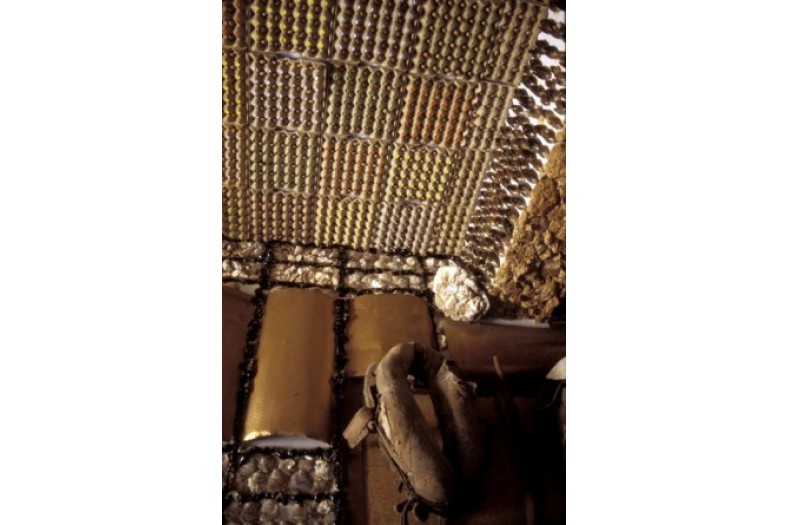
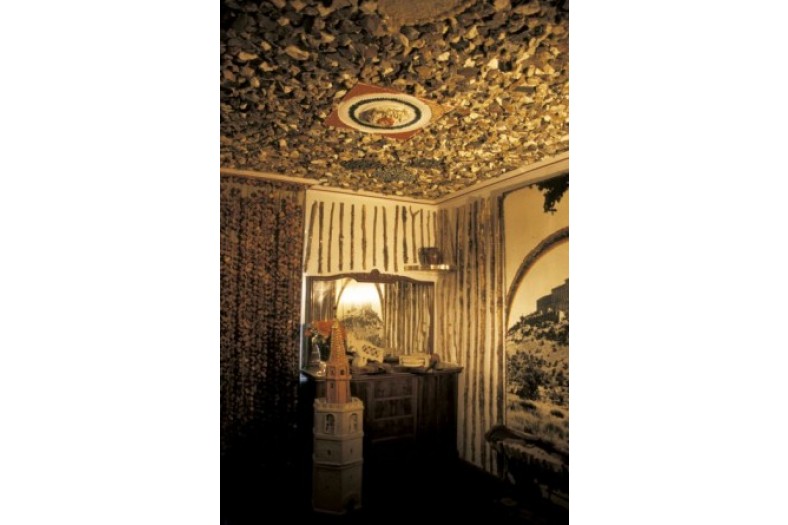
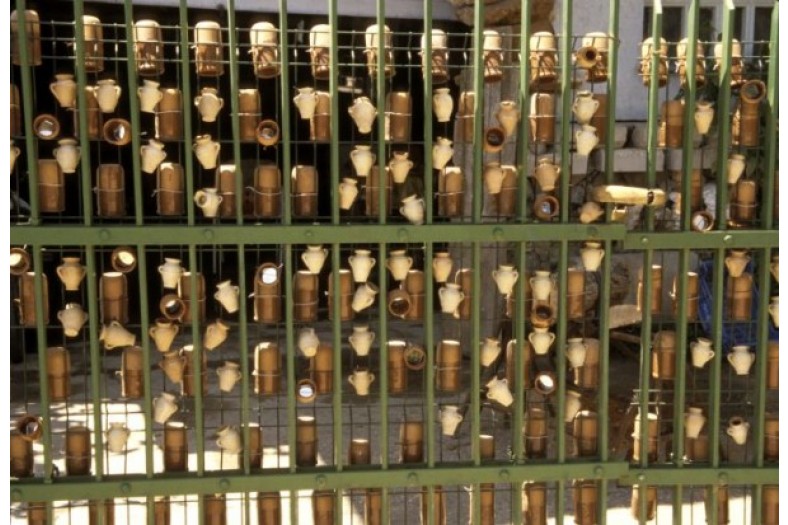
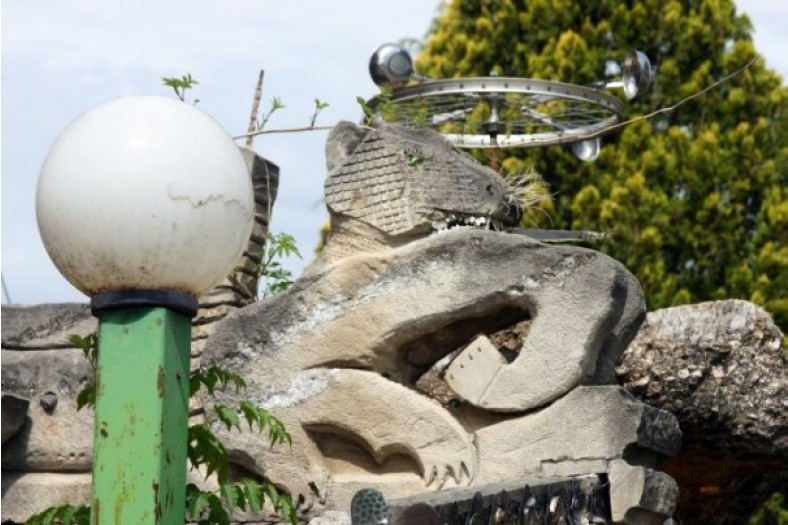
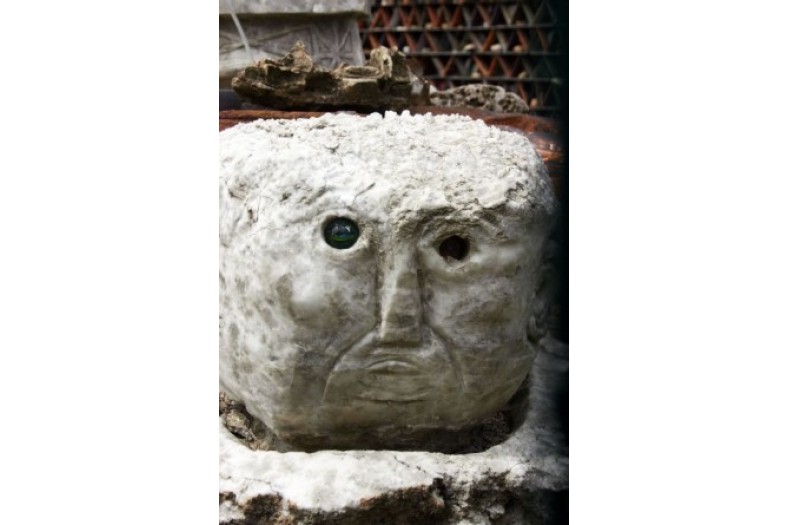
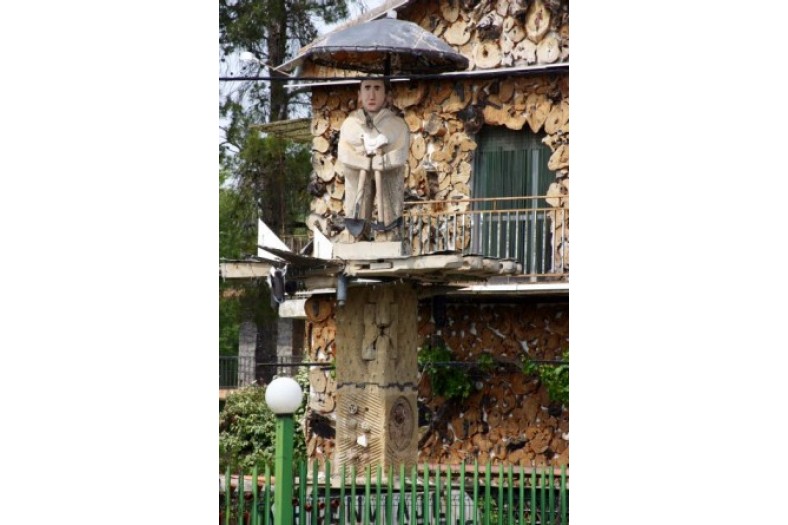
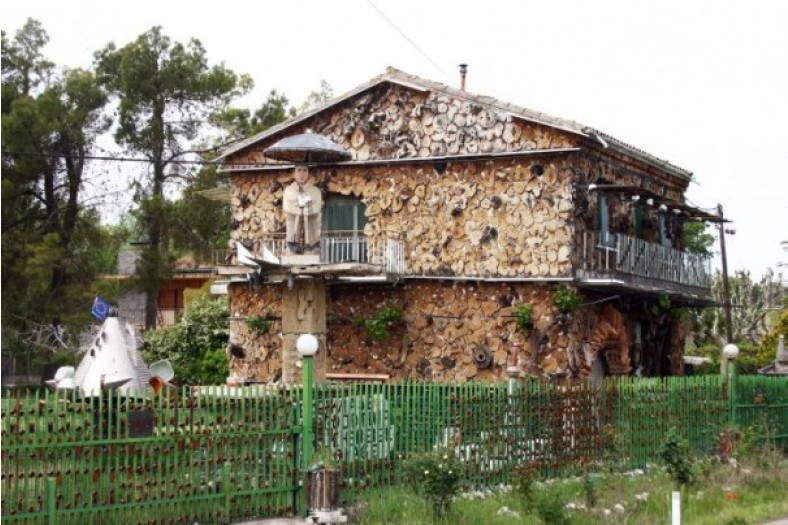
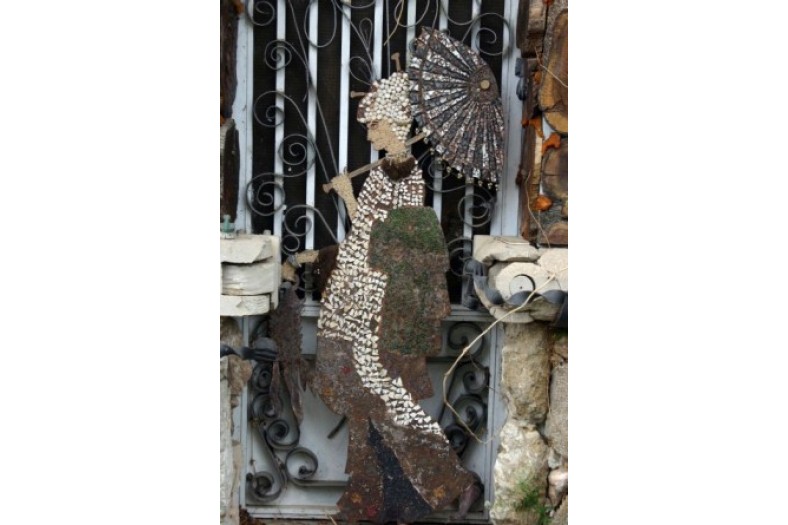
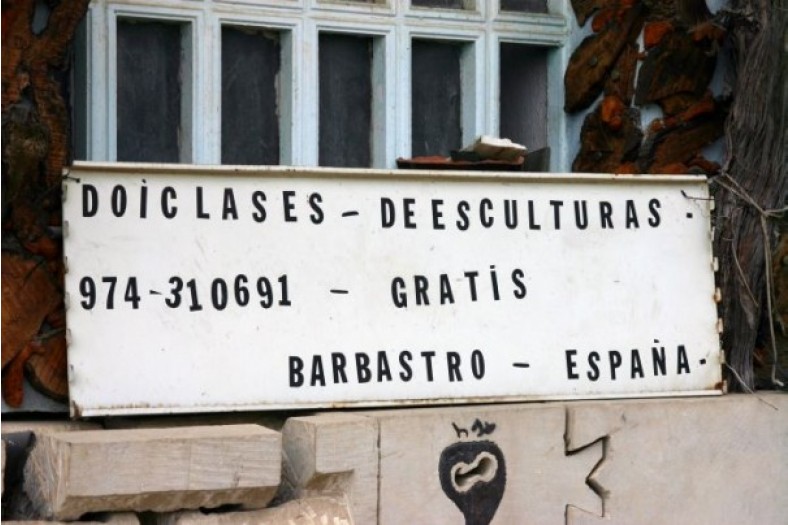
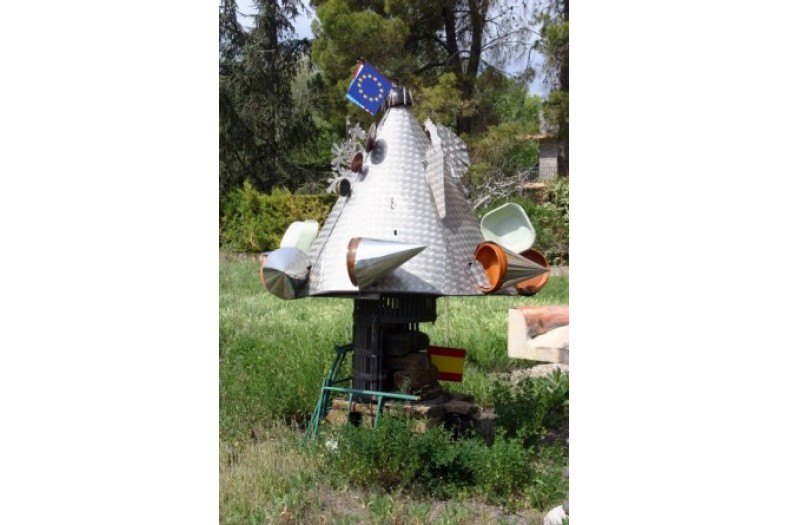
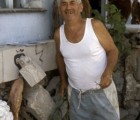
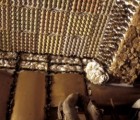
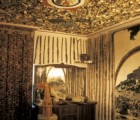
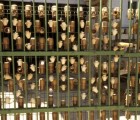

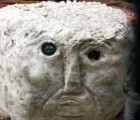
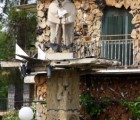
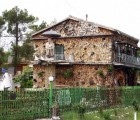

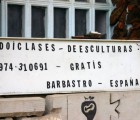
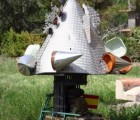
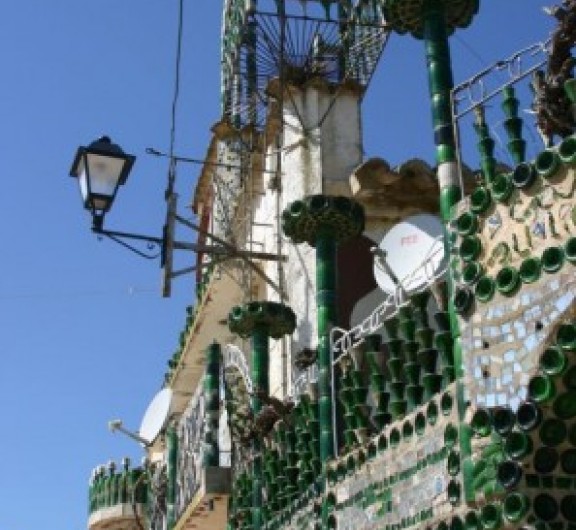
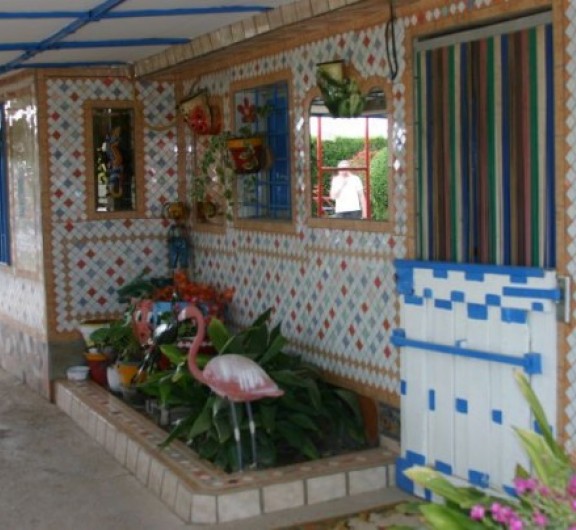
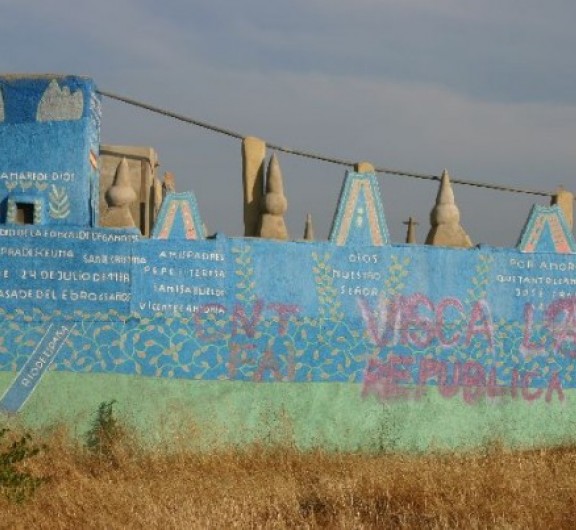
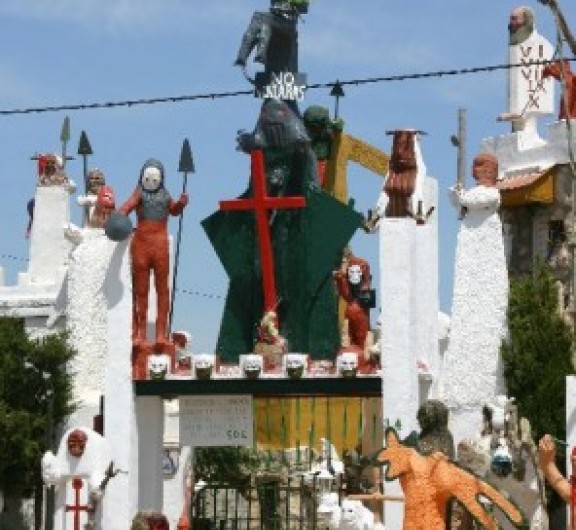
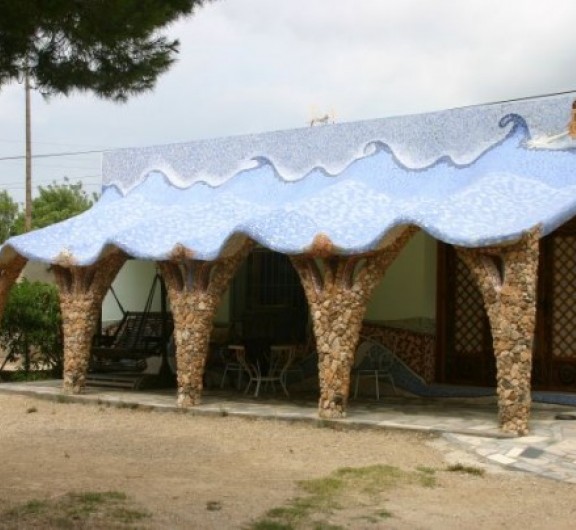
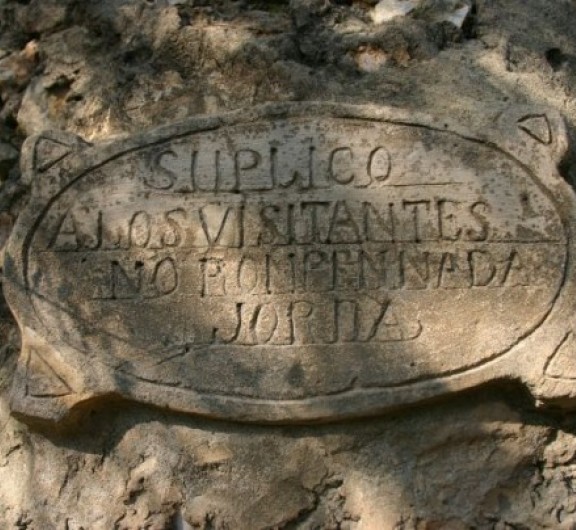

Post your comment
Comments
No one has commented on this page yet.